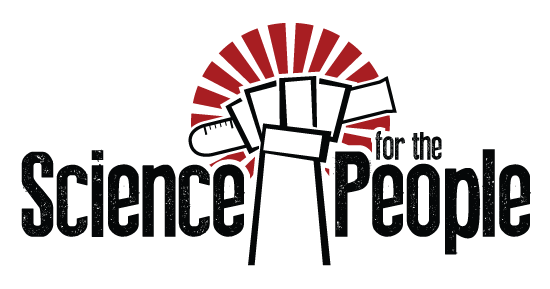How to Clone a Mammoth #333
September 04, 2015

This week we're learning about genetics research that could help preserve existing species, and might let us bring back others that have gone extinct. We'll talk to Beth Shapiro, professor of ecology and evolutionary biology at the University of California, Santa Cruz about her book "How to Clone a Mammoth: The Science of De-Extinction." And we'll speak to biologist Richard Frankham about the use of "genetic rescue" to keep isolated animal populations from becoming dangerously inbred.
Guests:
- Beth Shapiro
- Richard Frankham
Featured Book

How to Clone a Mammoth: The Science of De-Extinction
Guest Bios
Beth Shapiro
Beth Shapiro is an evolutionary biologist who specializes in the genetics of ice age animals and plants. A pioneer in the young field called "ancient DNA", Beth travels extensively in the Arctic regions of Alaska, Siberia and Canada collecting bones and other remains of long-dead creatures including mammoths, giant bears, and extinct camels and horses. Using DNA sequences extracted from these remains, she hopes to better understand how the distribution and abundance of species changed in response to major climate changes in the past, and why some species go extinct while others persist. Professor of Ecology and Evolutionary Biology at University of California Santa Cruz and a research associate of the Denver Museum of Natural History, Shapiro has been widely honored for her research. She has been named a Royal Society University Research Fellow, Searle Scholar, Packard Fellow, and a National Geographic Emerging Explorer. In 2009, she received a MacArthur "genius" award.
Richard Frankham
Richard Frankham is an Emeritus Professor who shares his time between Macquarie University and the Australian Museum. He is one of the leading international figures in conservation genetics, having been a pioneer researcher in the discipline and was the senior author on the first textbooks in the field. Throughout his career he has worked on the genetic impacts of small population sizes on genetic diversity, reproductive fitness and the ability of populations to respond to selection in the contexts of conservation and evolutionary genetics and animal breeding. This research has involved laboratory animal work, meta-analyses, computer modelling and mathematical theory.








